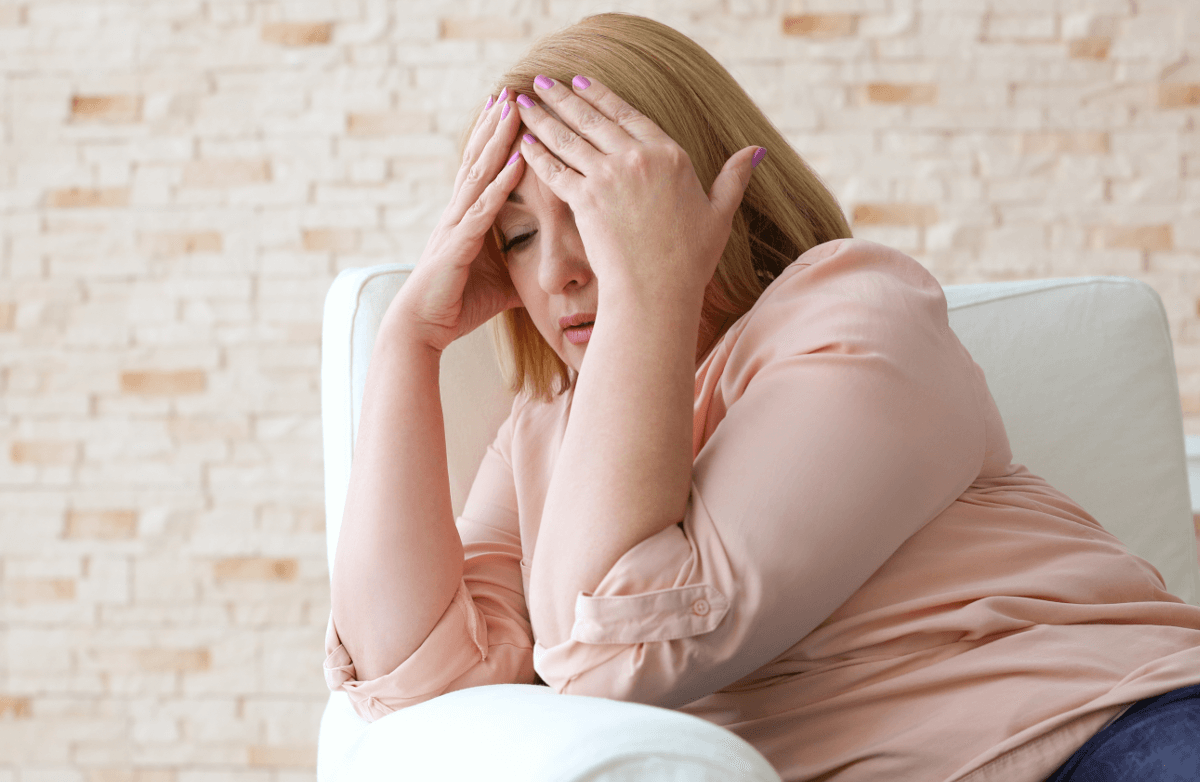|
For many years now, October has been known as Breast Cancer Awareness Month. This year is no exception. Just walking through my local department store pink is everywhere...from vacuum cleaners to pots and pans to the traditional pink ribbons. Breast cancer does not discriminate. We are all vulnerable to this disease, women more so than men, but men are not immune. According to the National Cancer Institute (NCI), so far this year alone over 182,000 women and men have been diagnosed with breast cancer; and of that number over 40,000 have succumbed to the disease. Over the past several years more celebrities have made it known that they too have been struck with this disease. Most recently Christina Applegate revealed her own battle with breast cancer and is currently undergoing treatment. While other celebrities including actresses Edie Falco and Cynthia Nixon, journalists Robin Roberts and Hoda Kotb, singers Sheryl Crow and Kylie Minogue and Elizabeth Edwards, wife to former Presidential candidate, John Edwards, have all become outspoken proponents for finding a cure. What can we do to increase our chances for survival? Education and a strong partnership with your health care provider are keys to an early diagnosis and a better chance for survival. Below is a list of the more commonly known risk factors. You can find a more-depth list on the National Cancer Institute and Susan G. Komen websites. Risk Factors
Screenings
Many of those diagnosed every year have no family history of breast cancer or fall into the high risk category so PLEASE don’t ignore changes in your health. It is essential to talk with your health care provider if you experience any changes, especially if you detect changes in your breast. Denial and fear are what keep many of us from visiting our doctor but early detection can have a huge impact on the outcome. So wear your pink ribbon, participate in the many charity walks and runs held each October for this great cause, and let’s see if we can find a cure for this disease so that future generations will not have to live in fear. |
Popular Entries
More From SparkPeople
|












.png)


